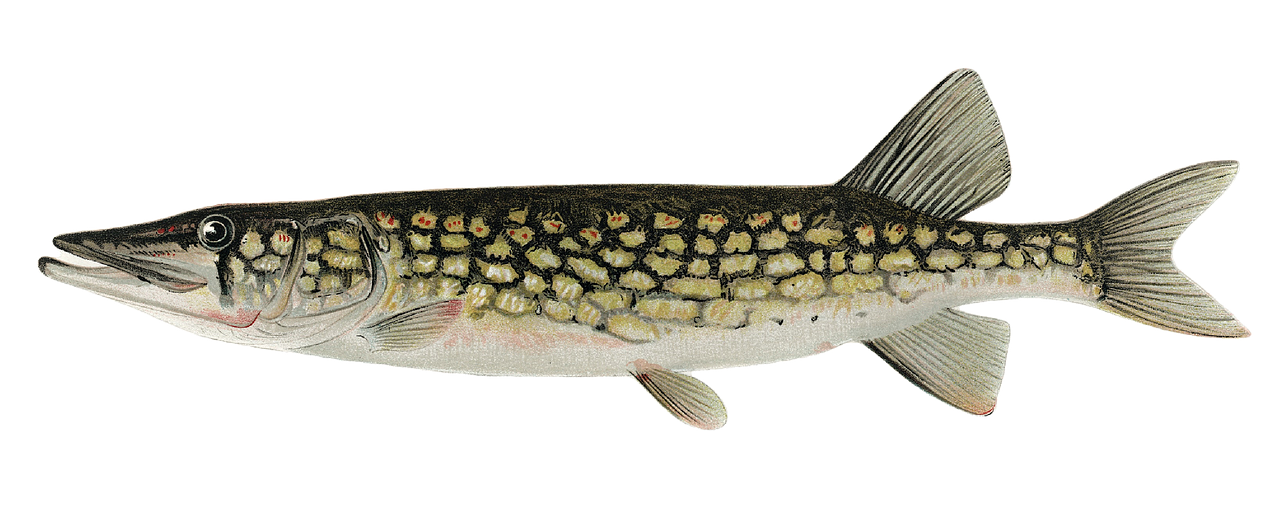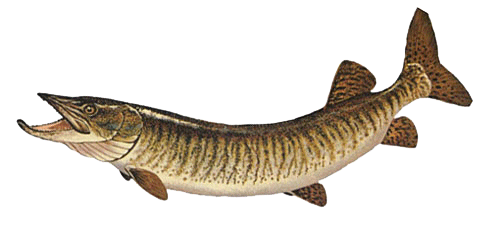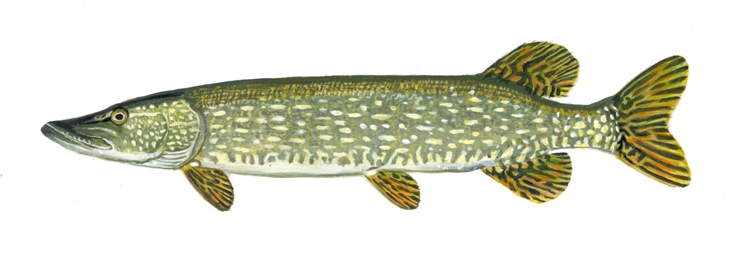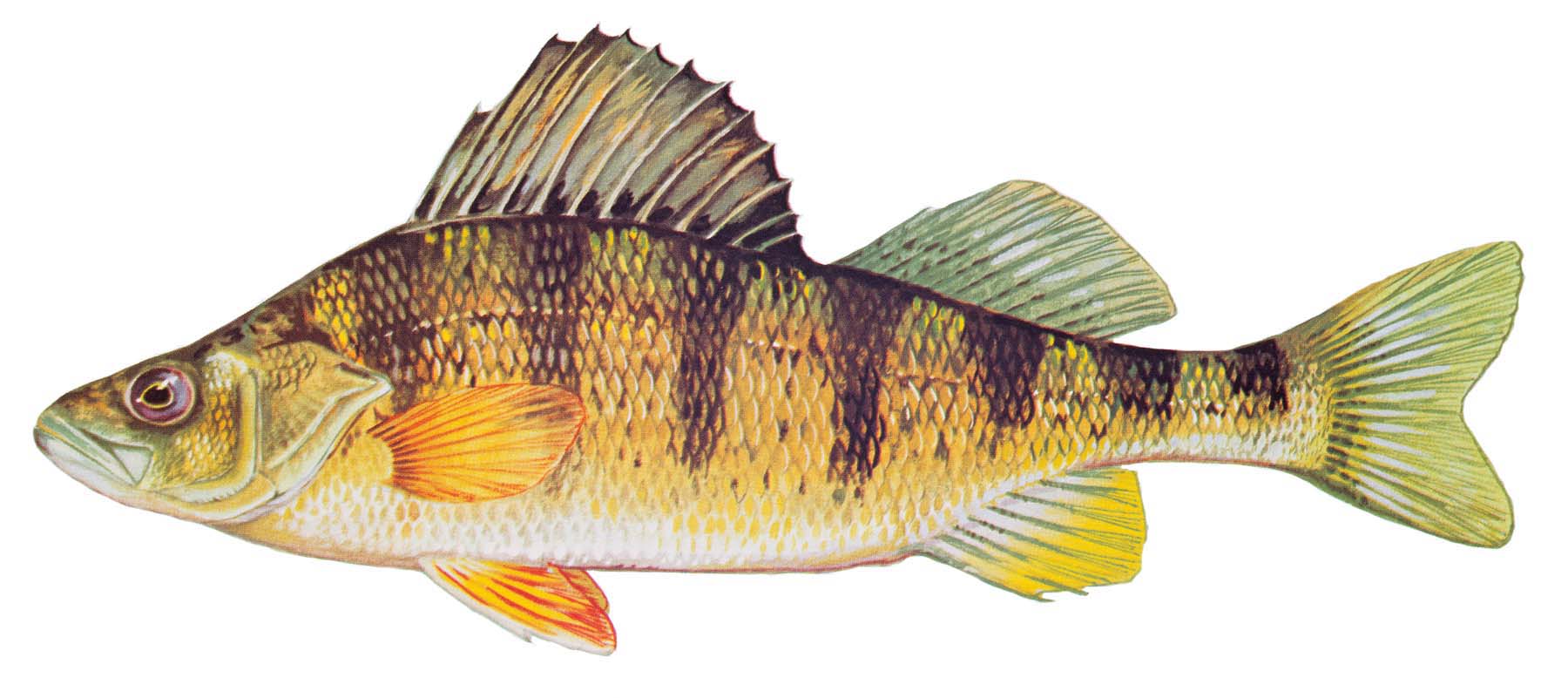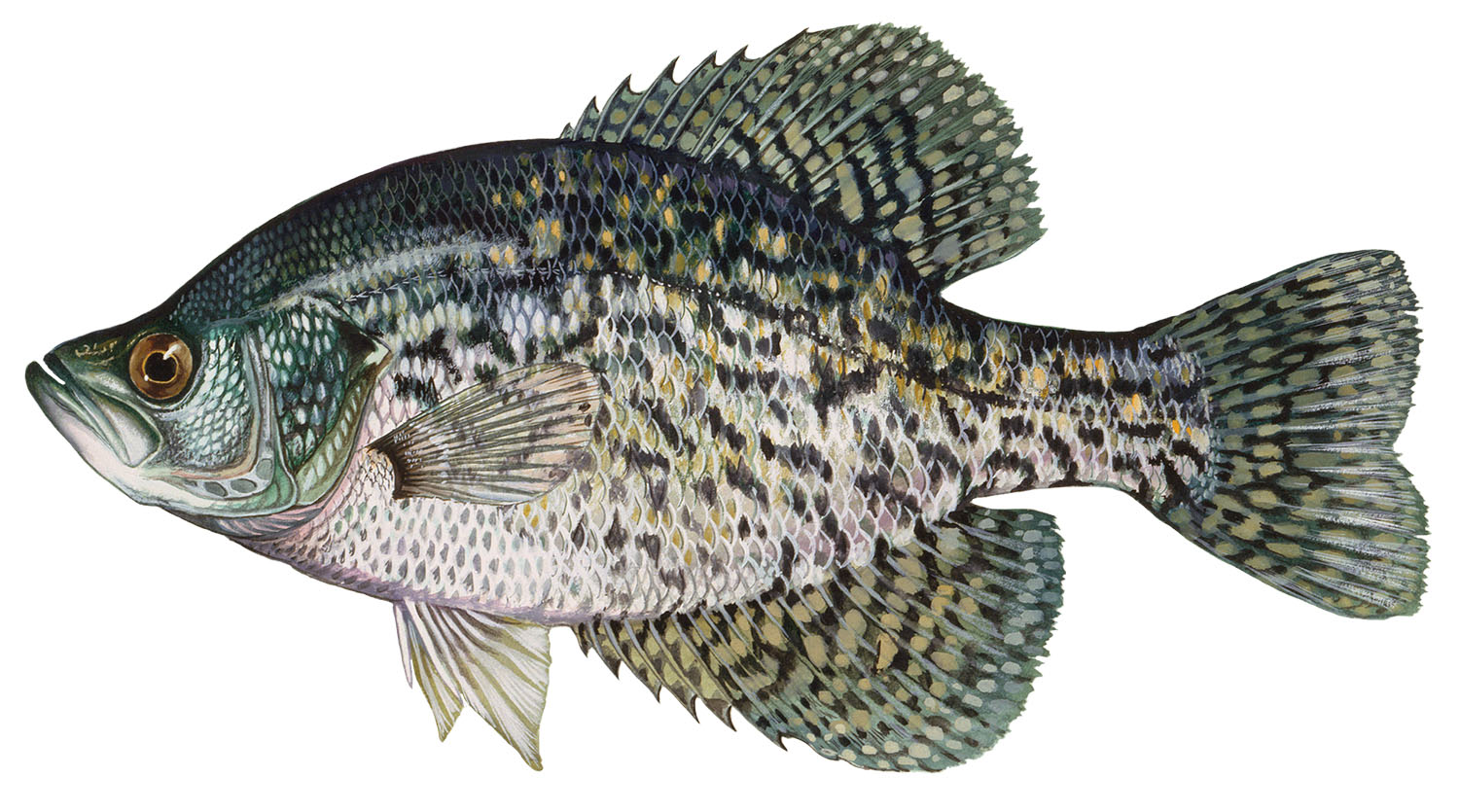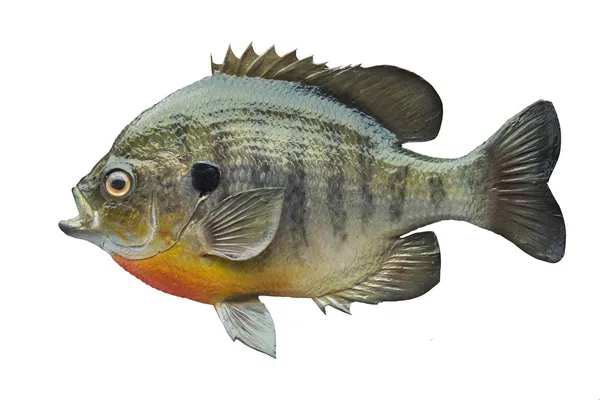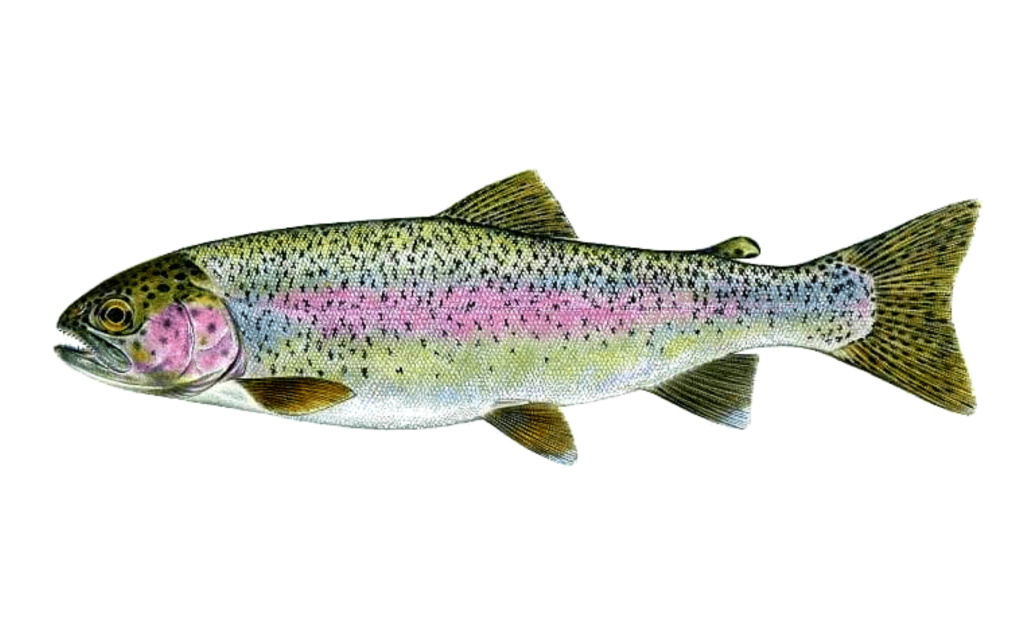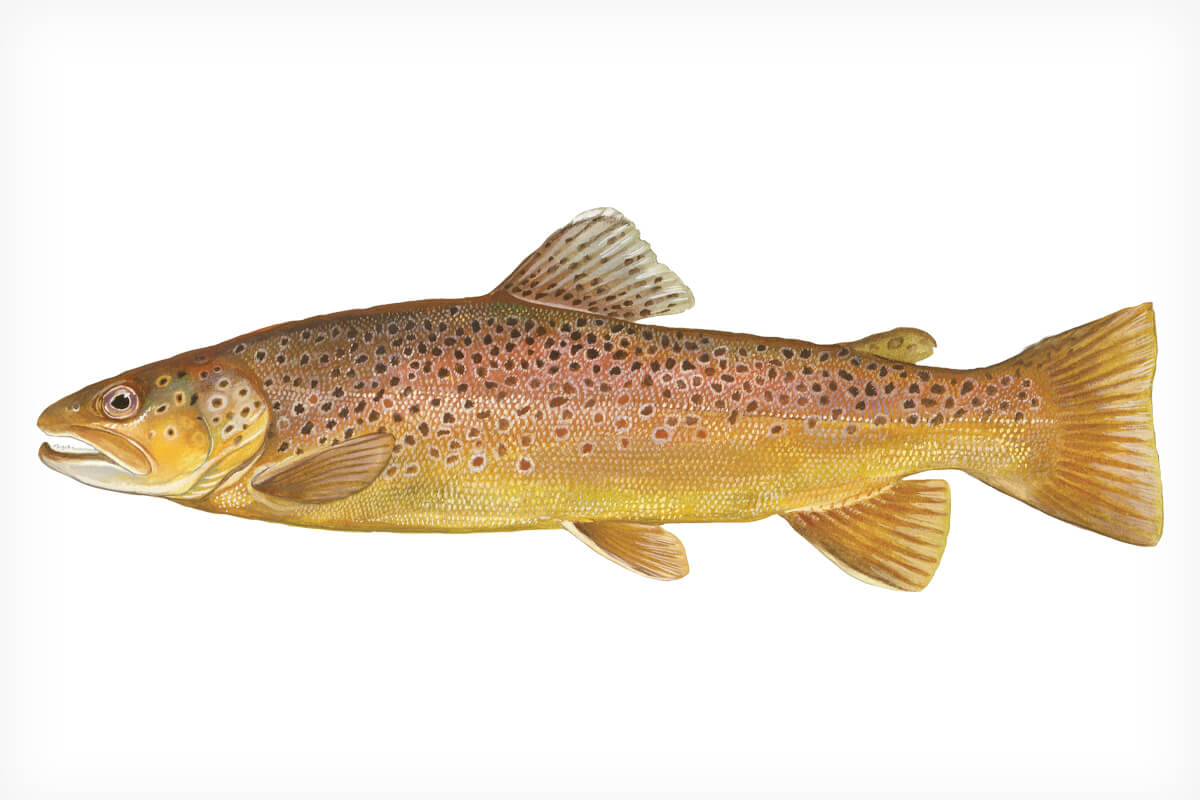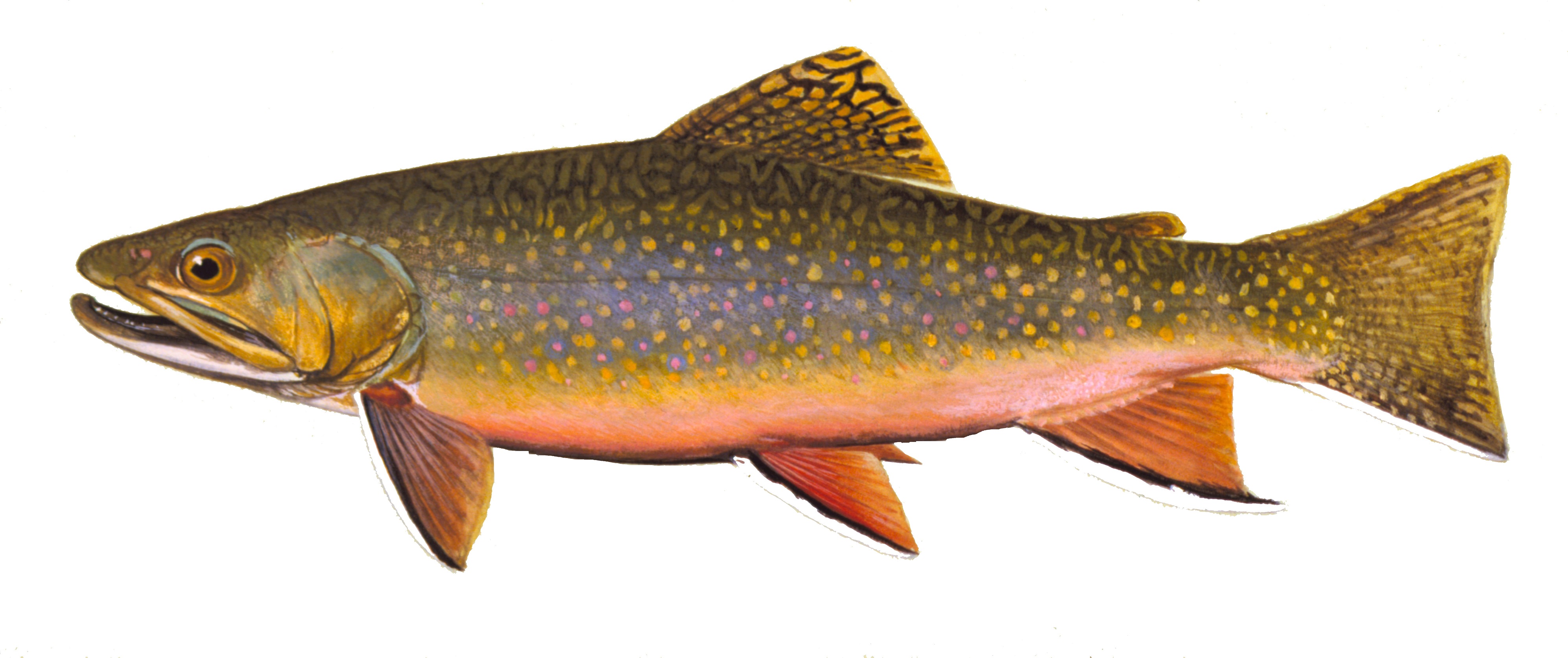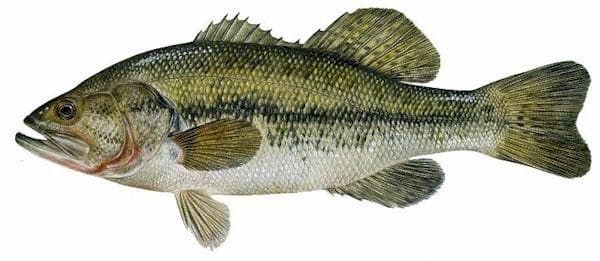
Largemouth Bass
The largemouth bass is a carnivorous freshwater gamefish that is popular all across the US due to their availibity and aggressive nature, and can be caught using a combination of lures such crankbaits soft plastic lures, and spinners and live bait such as minnows or crawfish.
Jan 1-Apr 7 and Oct 1-Dec 31:
15 inches, 4 fish limit(Largemouth, Smallmouth, and
Spotted)
April 8 - June 9: No Harvest
June 10 - September 30:
12 inches, 6 fish limit(Largemouth, Smallmouth, and Spotted)
Additional regulations may applysee page 11 in the manual
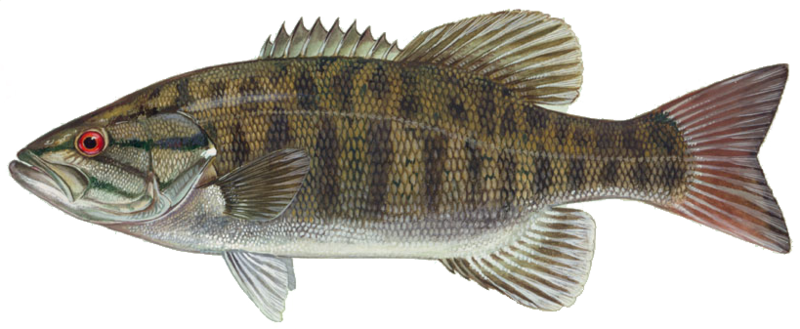
Smallmouth Bass
Smallmouth bass are in many ways similar to their largemouth cousins, and as the name suggests their mouth is smaller, but they also tend to be smaller but more aggresive than largemouth bass. Most of the same methods used for largemouth bass can also apply to smallmouth bass when they are present
Jan 1-Apr 7 and Oct 1-Dec 31:
4 fish limit(Largemouth, Smallmouth, and Spotted)
April 8 - June 9: No Harvest
June 10 - September 30:
12 inches, 6 fish limit(Largemouth, Smallmouth, and Spotted)
Additional regulations may applysee page 11 in the manual

Channel Catfish
The channel catfish is North America's most popular catfish and they can grow to over 20LB. The best methods of catching them involve using baits such as liver, nightcrwalers, shad, and more. They are also regarded as good table fare especially when fried.
Open Year Round
50 fish combined limit (Sunfish, Yellow Perch, White Perch, Crappies, Catfish, Rock Bass, Suckers,
Carp, White Bass, Bowfin, and other gamefish)
see Panfish Enhancement Special Regulations-page 15 of the manual
